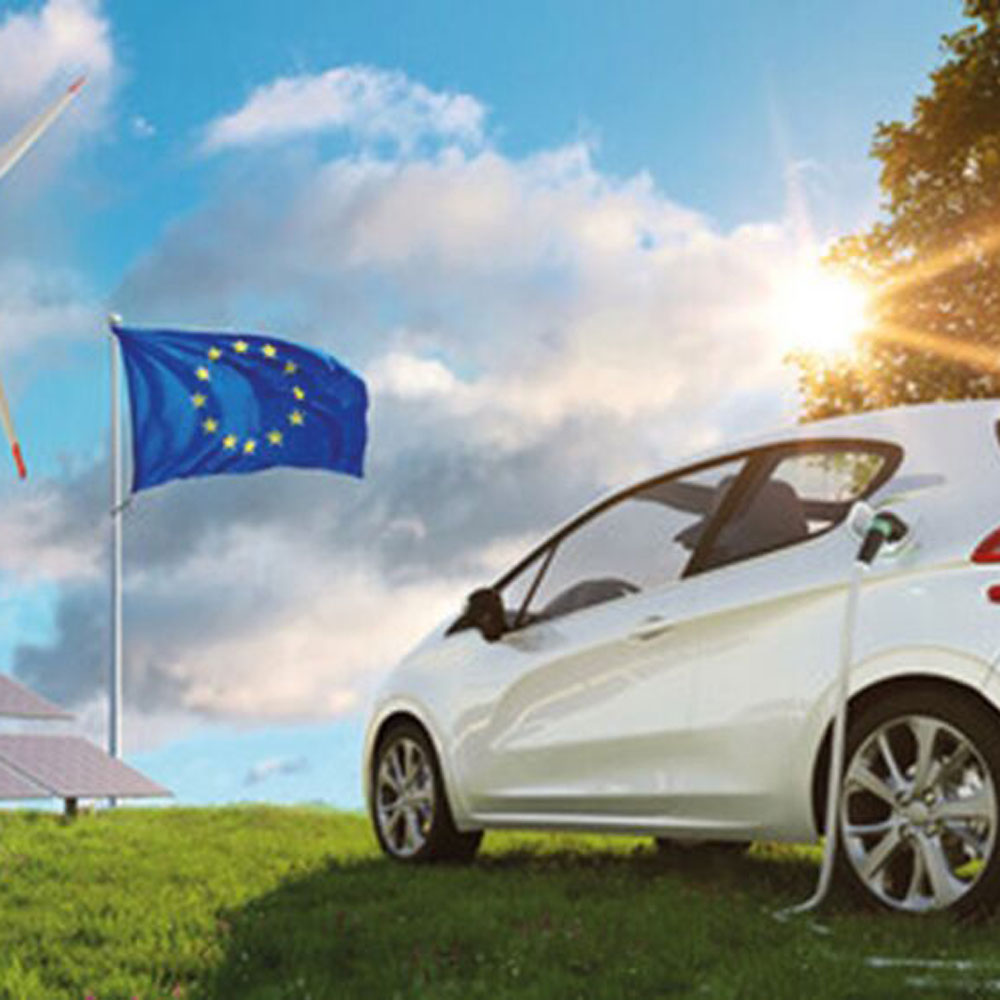
The “Renewable Energies and Electromobility” research team in the Department of Electrical Engineering at Fulda University of Applied Sciences is working closely with industrial part-ners to take an innovative approach: Instead of viewing the supposed inefficiencies as hurdles, their COMLEE-H2 research platform investi-gates practical ways of re-using the losses to increase the overall system efficiency.
Intelligent dovetailing of electrical, thermal and chemical energies
While battery storage offers high dynamics and efficiency (90-95%), the storage capacity is limited due to the volumetric energy density. Hydrogen, on the other hand, is worth considering for larger amounts of energy, particularly if the high conversion losses– often released as heat – can be used effectively.
The team at Fulda is realising a multienergy storage system capable of supplying a four-person home with its energy needs for three to five days. This uses intelligent storage manage- ment that applies predictive analytics to har-monise the use of energy sources and storage with generation and consumption forecasts. It links different energy sources, various storage types, and the consumption of electricity and heat. It also combines new technologies with existing resources and processes to minimise cost-intensive components, and therefore ensure cost-effectiveness.
The multi-energy storage system
The prototype system centres on an electrolysis unit with a maximum electrical power consumption of 5 kW, which is connected to hydrogen low- and high-pressure tanks, that can store up to 400 kWh. The built-in fuel cell, with a max-imum electrical output of 8.4 kW, can convert the stored hydrogen back into electricity.
To overcome the high inefficiencies of the hydrogen system, the heat losses are stored in a thermal buffer storage tank. An integrated heat-pump can be used for additional cooling and heating.
To this end, the various components are intelligently linked, controlled and operated with foresight using predictive analytics. The overarching aim of the research is to operate multi-energy systems with hydrogen, battery and heat storage combinations as efficiently as possible, to reduce cost-intensive components to a minimum and to ensure the cost-effective-ness of these systems for apartment buildings and neighbourhoods.











